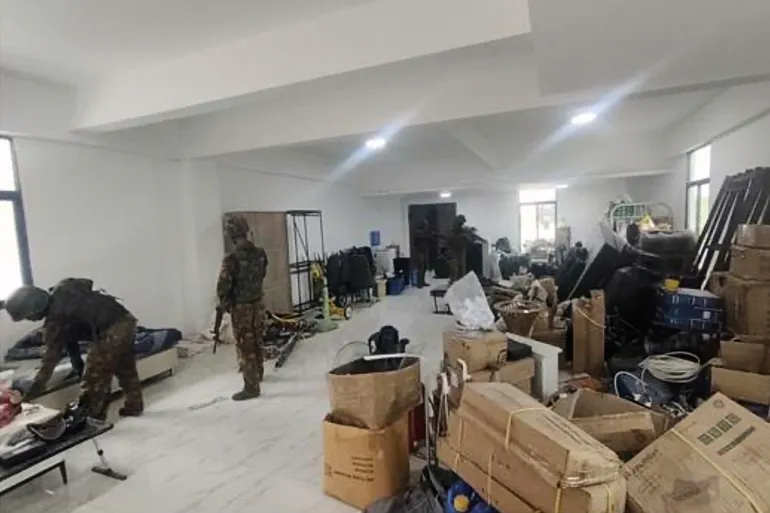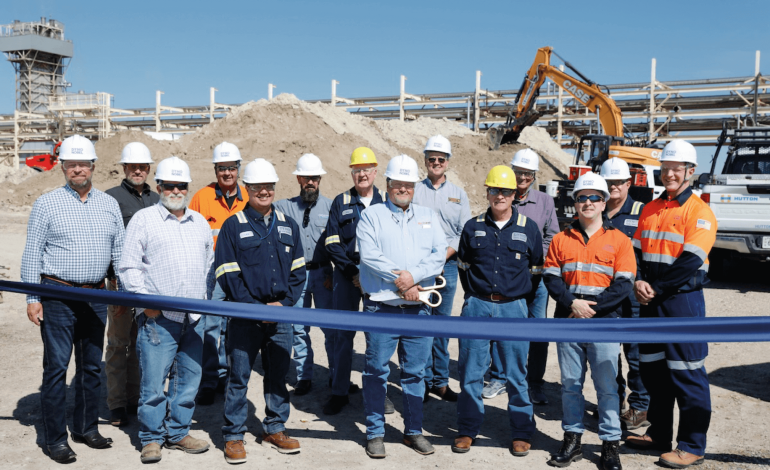Cheyenne is getting a new player in the clean-tech and industrial supply game. Reliant Processing, a subsidiary of Texas-based Reliant Holdings, has officially started construction on a liquid carbon dioxide facility at Dyno Nobel’s explosives manufacturing site just outside the city.
The project is designed to do double duty: capture CO2 emissions from Dyno Nobel’s production processes and turn them into liquid CO2 for use in food, beverage, and industrial markets across the Rocky Mountain region.
“Demand for CO2 just keeps climbing, and this plant will help us keep pace,” said Scott Vanderburg, CEO of Reliant Holdings. “From soft drinks to welding to food processing, CO2 is in everything, and the Rocky Mountain region needs more reliable supply.”
Once complete, the Cheyenne facility will add 25,000 tonnes of liquid CO2 capacity per year to Reliant’s operations. That’s a significant expansion for a company that already supplies about 8% of the US carbon dioxide market.
Reliant has been busy in recent years, scouting new projects while keeping its supply chain humming. The Cheyenne plant is expected to be up and running by the fourth quarter of 2025.
For Dyno Nobel, the host site for the new facility, the project represents more than just an industrial add-on.
“Seeing our CO2 emissions being used to make new products for local industries is a great example of how we’re delivering on sustainability and zero harm,” said Peter Henderson, General Manager of Operations at the Cheyenne plant.
Instead of releasing CO2 into the atmosphere, the captured emissions will be repurposed, creating a local supply stream that supports everything from breweries and food processors to manufacturing companies.
Beyond sustainability, the project is expected to create jobs and pump new economic activity into Cheyenne. The facility will run under strict regulatory safety and environmental standards, ensuring it fits both community and industry expectations.
With construction underway, Reliant’s Wyoming venture is positioning the state not just as an energy hub, but also as a growing center for CO2 supply — with ripple effects felt across the Rocky Mountain region.
The original story by Molly Burgess for GasWorld.










The latest news in your social feeds
Subscribe to our social media platforms to stay tuned